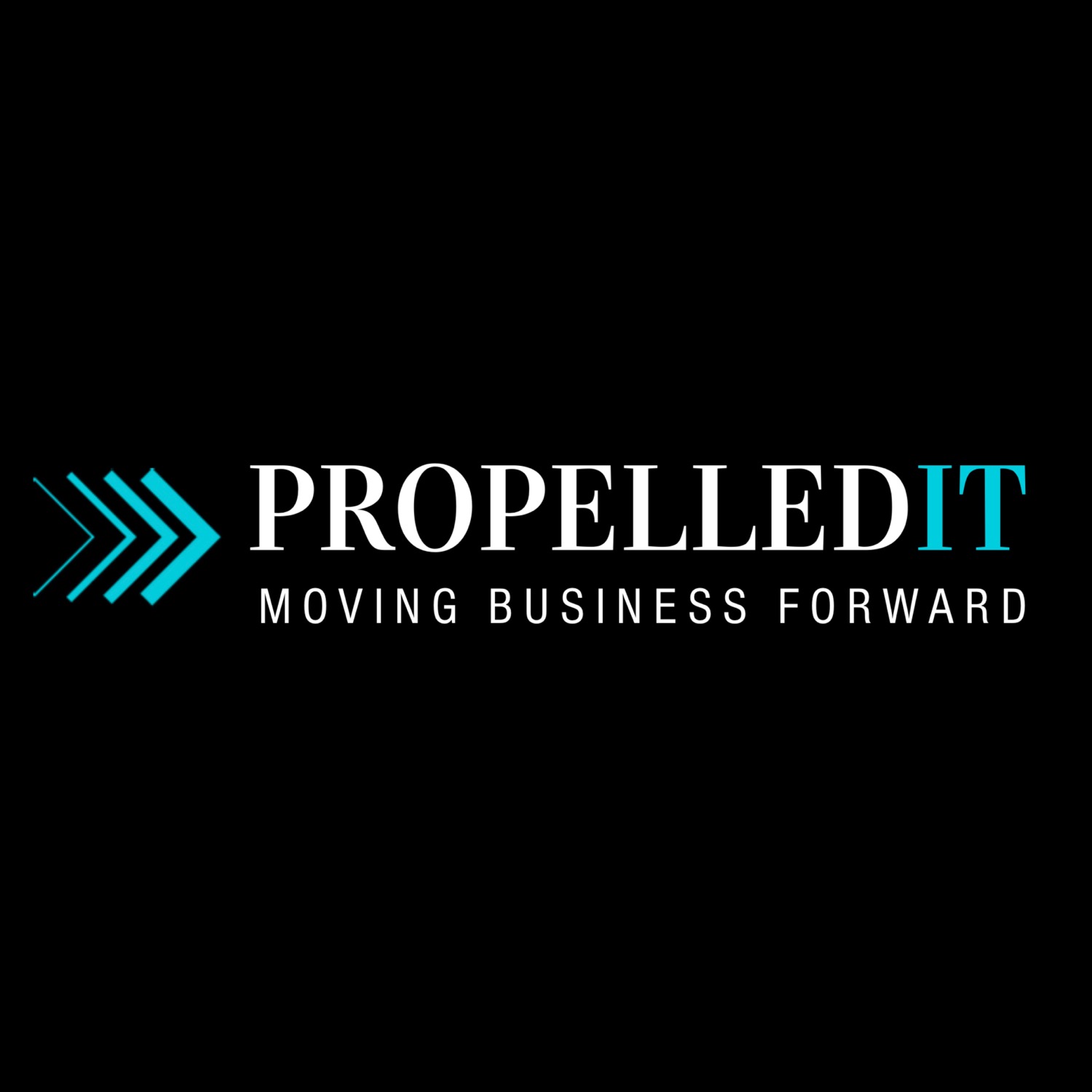How to Build a Winning Value Proposition for Cryopreservation Technologies
- PROPELLED IT

- Mar 23
- 2 min read
Updated: Mar 27
In the fast-paced world of life sciences, having a strong value proposition is critical to
standing out in a crowded market. This is especially true for innovative technologies like
cryopreservation, where the competition is fierce, and the stakes are high.
But how do you craft a value proposition that resonates with your target audience? And
how do you ensure it aligns with market needs and opportunities?
At CellBridge Strategies LLC, we’ve helped companies like yours tackle this challenge.
Let’s dive into how we helped a client develop a winning value proposition for their
cryopreservation technology—and how you can do the same.

The Challenge: Defining the Value of Cryopreservation
Our client had developed a groundbreaking cryopreservation technology with
applications in human biologics, animal health, and agriculture. However, they
struggled to articulate its value in a way that resonated with potential buyers and
investors.
The challenge was twofold:
1. Market Complexity: The technology had applications across multiple industries,
each with its own unique needs and pain points.
2. Competitive Landscape: The cryopreservation market is crowded, with
established players and emerging startups vying for attention.
Our Approach: A Data-Driven Strategy
To help our client, we took a structured, data-driven approach:
1. Market Research and Segmentation
We began by conducting in-depth market research to identify and size the opportunities
in human biologics, animal health, and agriculture. This involved:
● Analyzing industry trends and growth projections.
● Interviewing key opinion leaders (KOLs) to understand market needs.
● Identifying the most promising segments within each vertical.
2. Developing a Value Proposition
Using the insights from our research, we crafted a value proposition tailored to each
target market. For example:
● Human Biologics: We emphasized the technology’s ability to improve cell viability
and reduce costs in regenerative medicine and hematology.
● Animal Health: We highlighted its potential to enhance livestock breeding and
genetic preservation.
● Agriculture: We focused on its applications in crop preservation and seed
banking.
3. Financial Modeling
To validate the value proposition, we built financial models to project revenue, costs,
and ROI for each market segment. This gave our client the confidence to prioritize the
most lucrative opportunities.
The Outcome: A Clear Path to Market Success
By the end of the project, our client had:
● A clear value proposition that resonated with their target audiences.
● Financial models that projected revenue growth over the next 1-5 years.
● Strategic recommendations for partnerships and commercialization.
This data-driven approach not only helped our client refine their messaging but also
provided a roadmap for market entry and growth.

How You Can Apply These Insights
If you’re developing a new technology or product, here’s how you can build a winning
value proposition:
1. Conduct Market Research: Understand your target markets and their unique
needs.
2. Tailor Your Messaging: Craft a value proposition that speaks directly to each
audience.
3. Validate with Data: Use financial modeling to test your assumptions and
prioritize opportunities.
4. Seek Expert Guidance: Partner with a consulting firm that understands your
industry and can provide actionable insights.
.jpg)


Comments